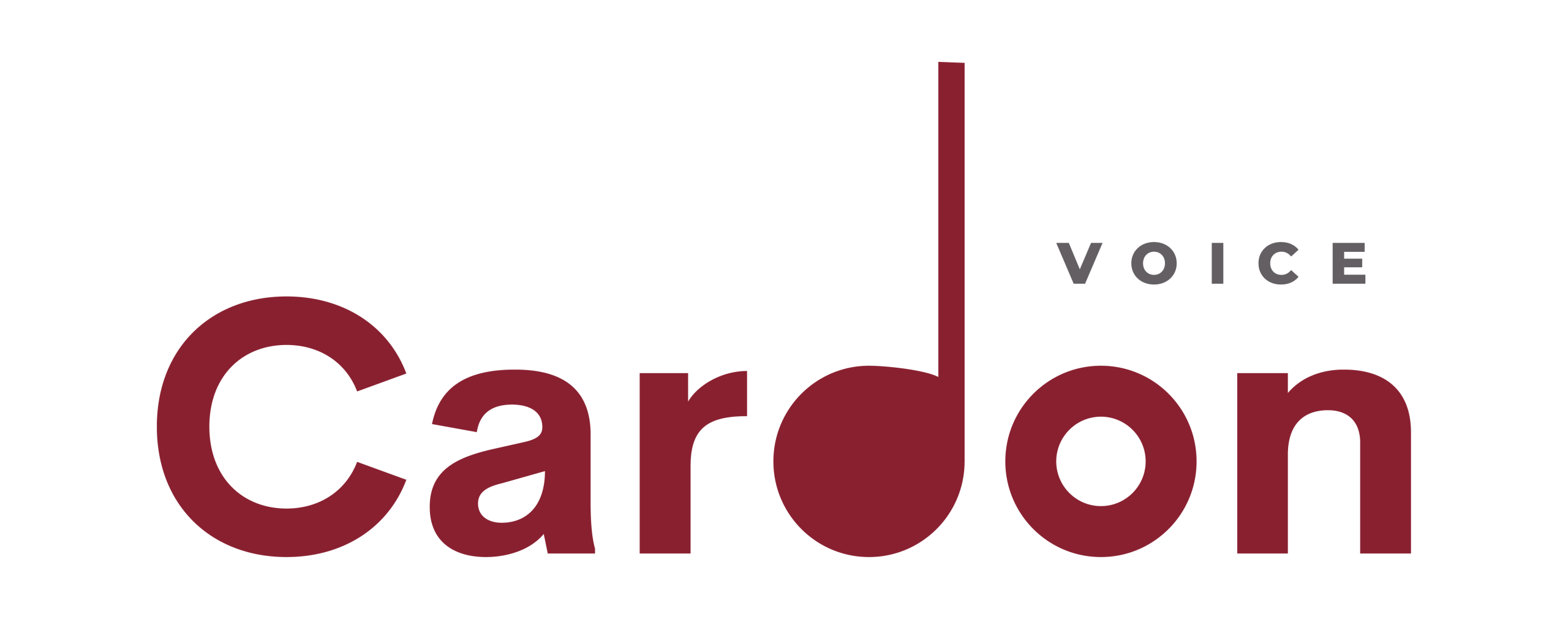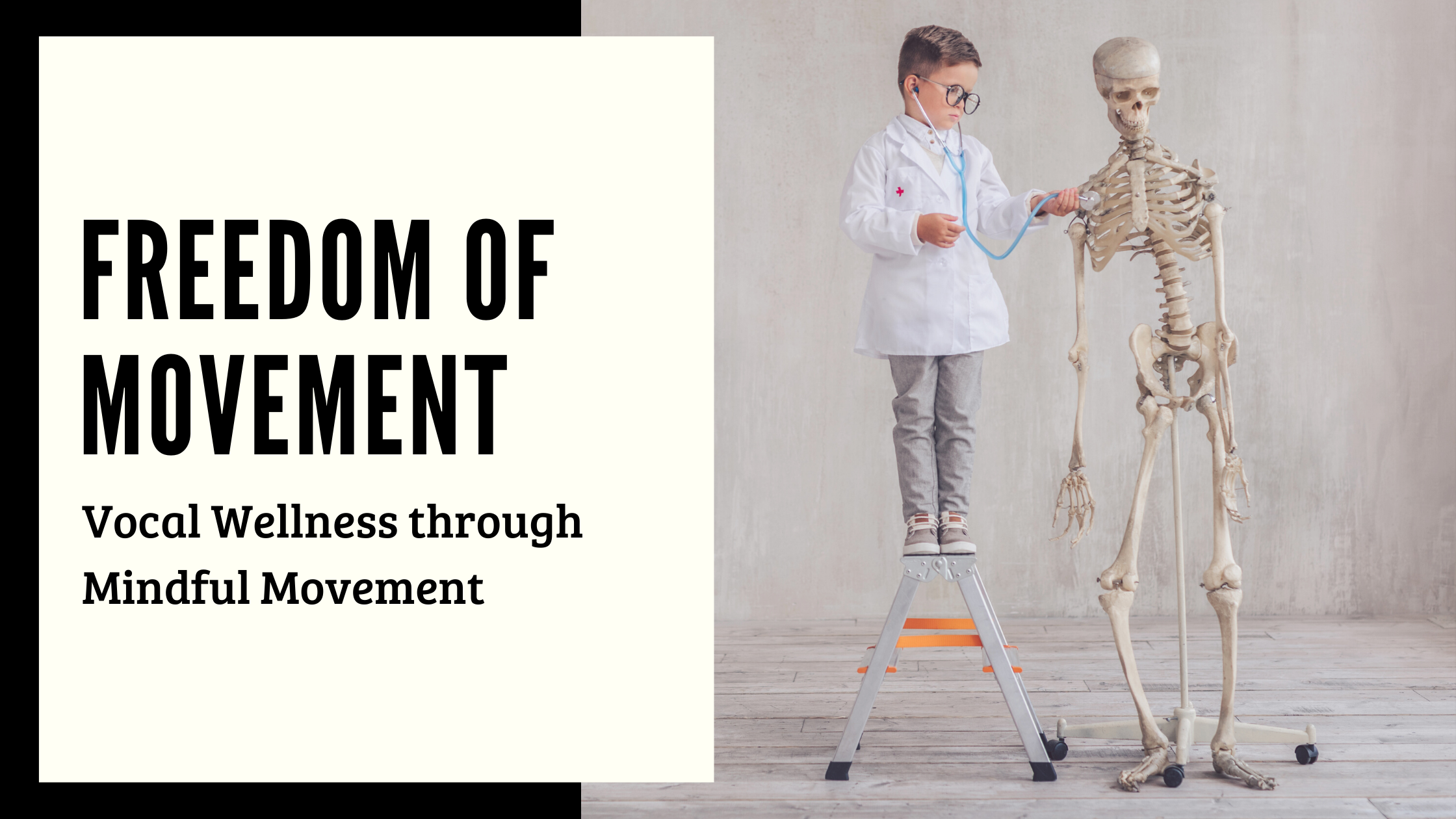As a singer, you likely know how important being in touch with your body awareness is. Perhaps you’ve noticed the effects of jaw or tongue tension on your sound, or know that you have a habit of slumping and impeding your ability to take in a full, comfortable breath. Maybe you’ve thought about your posture, or better yet, your alignment throughout your body. The further you get into your study of singing, the more likely you are to come across references to some wonderful bodywork disciplines, each of which can genuinely benefit not only singers, but anyone who relies on their body to get things done! Here is a cursory overview of popular bodywork techniques and some suggested reading to take you further:
- Alexander Technique: So named for Shakespearean actor in the late 1800s, Alexander Technique emerged from Frederick Matthias Alexander’s exploration of his own body use to cure his chronic hoarseness. Much of Alexander’s conclusions boil down to observing the process more than the end result. In other words, if you are focused on the goal, you likely allow unnecessary movements and tensions to creep into your action while you’re not looking. As actors and singers the world over will tell you, the process of NOT doing is often far more difficult than the action you intended to undertake. Practitioners of the Alexander Technique can be located in your area by searching through the board which handles national certification for the technique, AmSAT. To read more about this wonderful tool for voice users, pick up “Voice and the Alexander Technique: Active Exploration for Speaking and Singing” or “How to Learn the Alexander Technique“.
- Feldenkrais: Similar in its goals to Alexander Technique, the Feldenkrais Method is also named for its originator, Moshe Feldenkrais, a physicist and electrical engineer. Having suffered from multiple soccer-related injuries, Feldenkrais sat down to engineer his own activity with a focus on Efficiency of movement; that is, a goal of minimum effort expenditure for maximum output. Through very small, subtle adjustments, students of the Feldenkrais techniques retrain their bodies and build greater awareness, both elements with aid singers and actors in their goal of freedom of expression. To learn more, read “Singing with Your Whole Self: The Feldenkrais Method and Voice“.
- Body Mapping:Developed in the 1970s by William Conable, Body Mapping aims to bring students to great awareness of their subconcious map of their own body. Whenever a person’s internal sense of where their limbs or joints truly lie doesn’t match their actual length or distance, the movements that student makes will be disproportionate to the effort necessary. Based solidly in Alexander Technique’s roots, Body Mapping helps students to rework their movement and exertion for greater ease and efficiency. Written by Barbara Conable, a professor at Ohio State University, the Cincinnatti Conservatory, and an Alexander Technique intructor, “What Every Musician Needs to Know About the Body:The Application of Body Mapping to Making Music” is a wonderful place to begin your exploration of Body Mapping.
- Myofascial Release: The Fascia is the tough, connective tissue in your body, following over all your muscles, joints, and organs to keep things in place. Because of the universality of this material, it is easy to see how disfunction in one area could affect the entire system. Myofascial Release is focused on undoing any restrictive binding that comes into the fascia after misuse, injury, or other trauma to the body. Created by a Physical Therapist, John Barnes, this system is taught the world over and offers both a physical release, and even, per Mr. Barnes, “an elimination of emotional patterns that are no longer relevant”. For more, read Mr. Barnes’ book, “Myofascial Release: The Search for Excellence–A Comprehensive Evaluatory and Treatment Approach“.
- Rolfing: Rolfing, also known as Structural Integration, is a series of exercises– similar to the above methods, all of which are very small– which has a cumulative effect of creating greater release and alignment in the body through myofascial release. As with the previously discussed methodologies, Rolfing takes a holistic approach to the body, even when approached to solve a specific, localized complaint. Optimal range of movement, comfort, and efficiency can be achieved by working with a trained practitioner. To learn more, read Dr. Rolf’s book, “Rolfing: Reestablishing the Natural Alignment and Structural Integration of the Human Body for Vitality and Well-Being“.
- Yoga and Pilates: The most well-known items on this list, both Yoga and Pilates are wonderful tools for all singers, actors, and voice users to explore. Both exercise modalities help to lengthen and balance the muscles, creating a strong core and enhanced flexibility, and students may also enjoy benefits such as greater awareness and a deeper sense of breath control.
Cardon Voice teachers commonly utilize principles from any of the above modalities to aid students in finding both greater body awareness and freer movement to aid control of the singing voice. To speak with a teacher about how voice lessons can help you, schedule your Free Consultation today!

